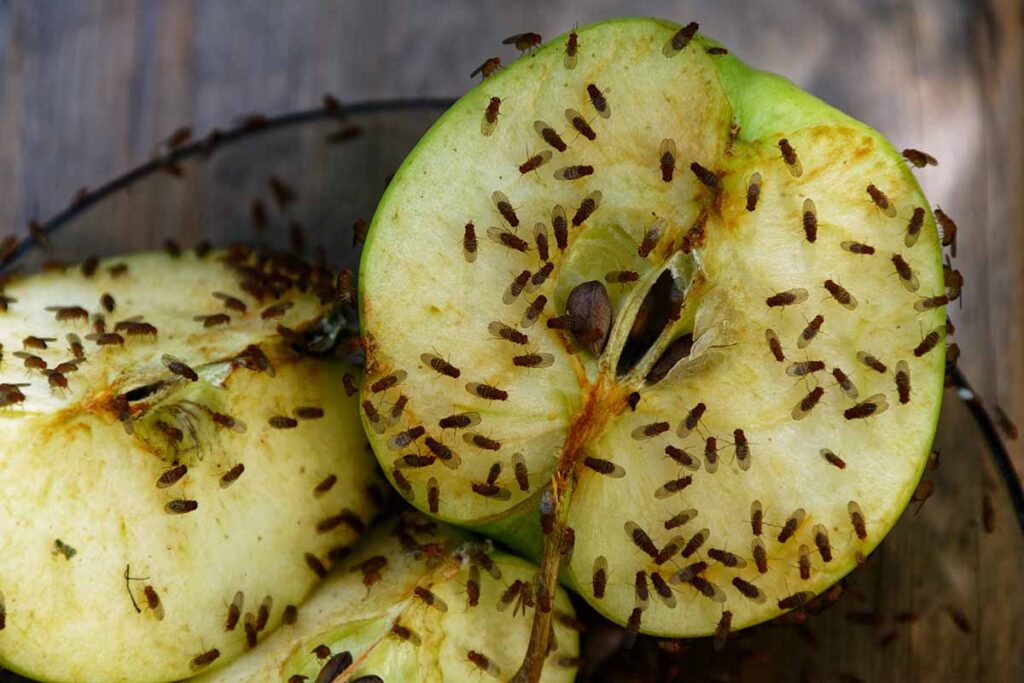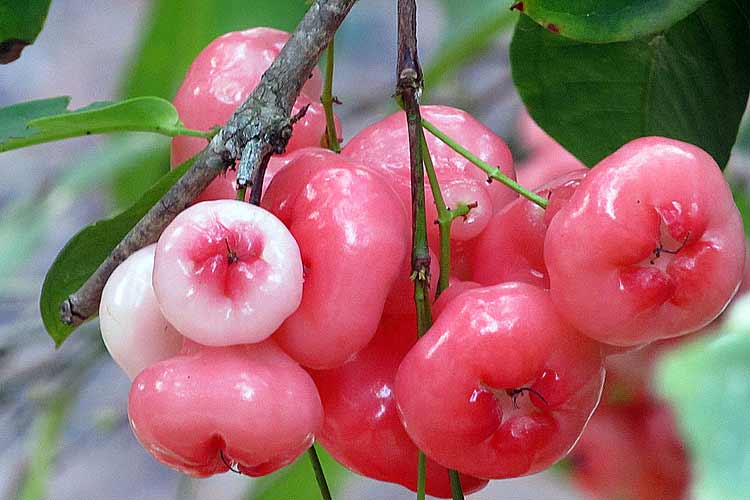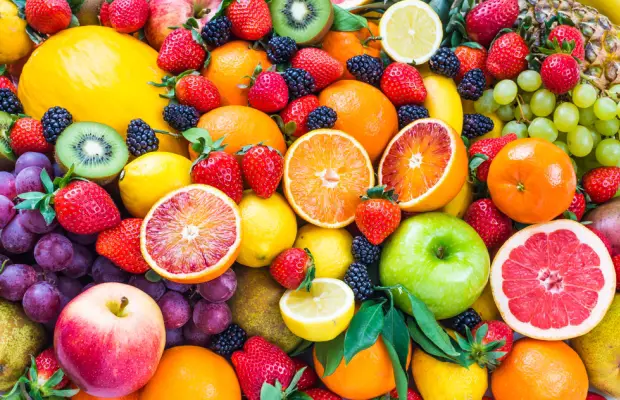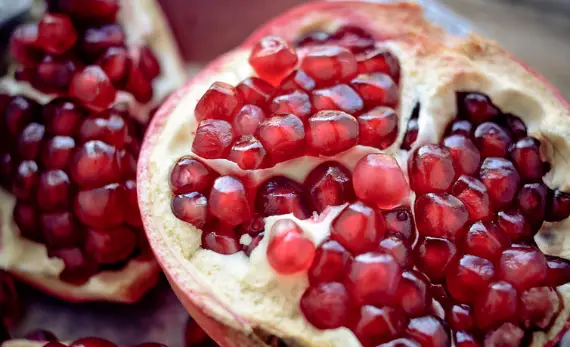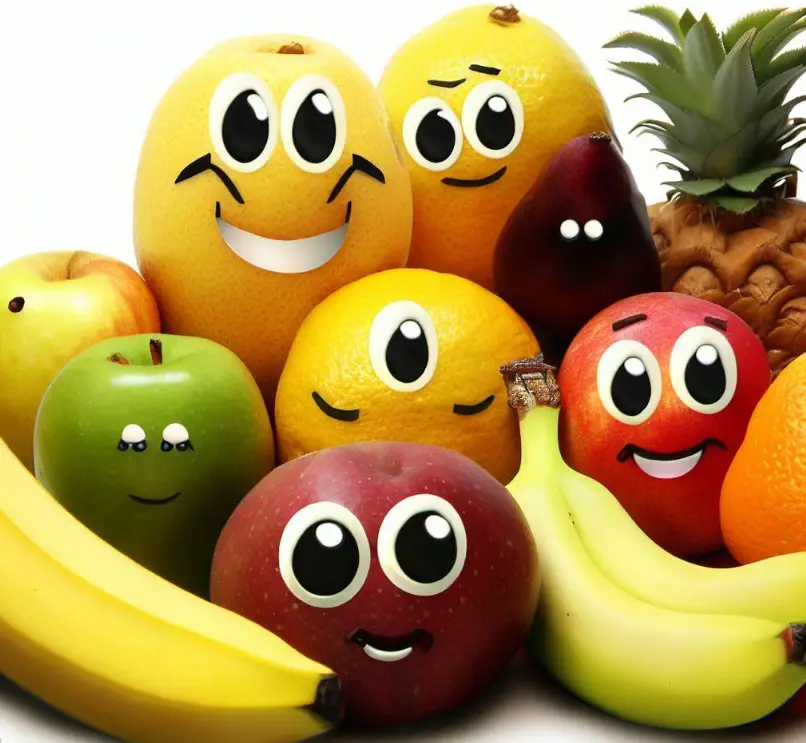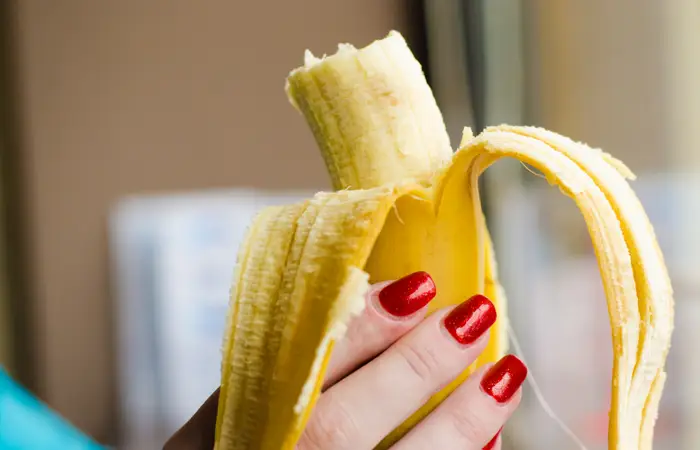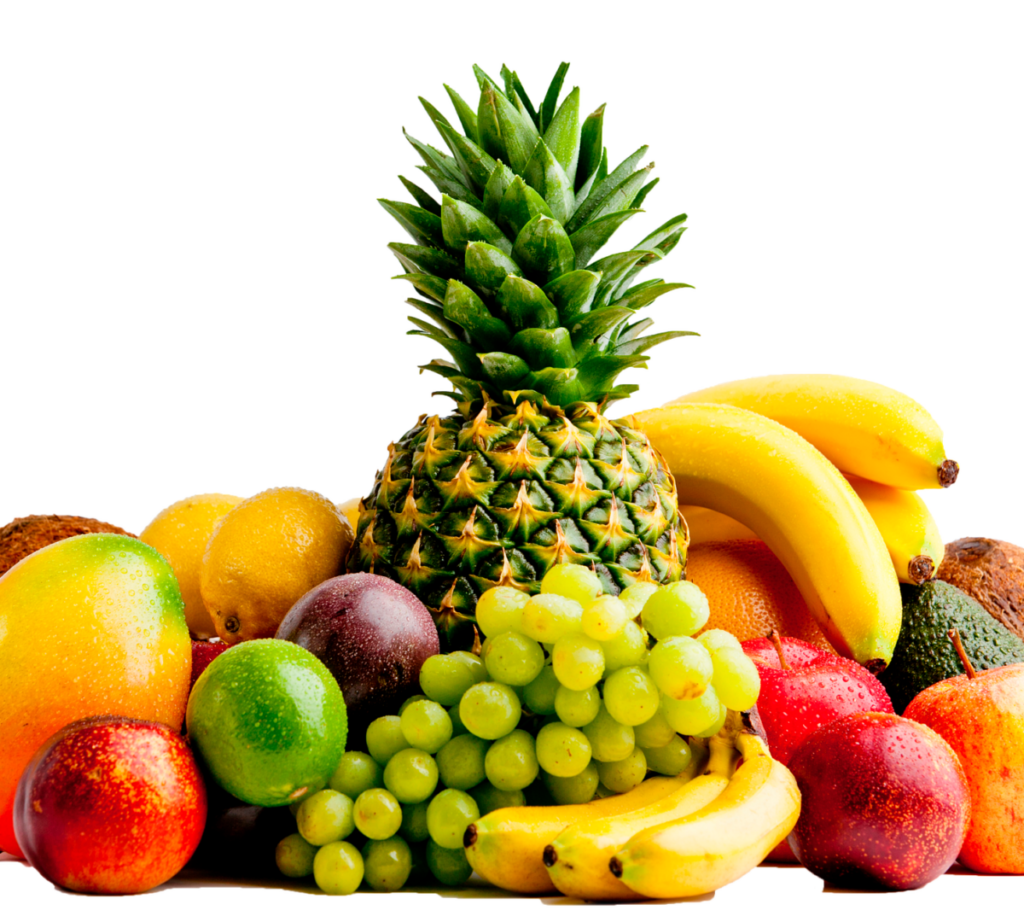Bananas are a tasty fruit that many people around the world enjoy. They’re smooth and have a natural sweetness, making them a great addition to a variety of meals and snacks like fruit salads, smoothies, and baked treats. But there’s a question that often comes up about bananas: Are they monocots or dicots?
Table of Contents
- What Makes Monocots Different from Dicots?
- Characteristics of Monocot Plants
- Characteristics of Dicot Plants
- The Classification of Bananas: Monocots or Dicots?
- Banana’s Monocot Characteristics
- How Being a Monocot Affects a Banana Plant
- 1. The Rhizome Under the Ground
- 2. The Pseudostem
- 3. Banana Leaves
- 4. Banana Flowers
- 5. The Actual Banana Fruit
- 6. Root Setup
- Why Knowing Bananas Are Monocots Matters
- 1. How They Grow
- 2. What They Need to Eat
- 3. Making More Bananas
- 4. Keeping Bananas Healthy
- Final Thoughts – Bananas Clearly Fit as Monocots
What Makes Monocots Different from Dicots?
To answer this, we need to know how plants are usually sorted into two groups, monocots and dicots, looking at their seeds and how they start to grow or germinate.
Characteristics of Monocot Plants
Monocot plants have a simple structure in their seeds, with only one leaf inside. “Mono” means one. Here are more features of monocots:
- Leaves with parallel lines
- Flower parts come in sets of three
- The stems have bundles of tubes for nutrients, spread out randomly
- The roots come from different parts other than the main stem
- They don’t have growth rings in their stems
Examples of monocots include grasses, orchids, lilies, and palm trees—as well as bananas.
Characteristics of Dicot Plants
Dicots, on the other hand, have seeds with two leaves inside. “Di” stands for two. Here are their typical features:
- Leaves have a net-like pattern of veins
- Flowers usually come in sets of four or five
- Stems have a ring of nutrient tubes
- There is usually one main root called a taproot
- They can grow wider with time (secondary growth)
Common dicots include roses, beans, oak trees, maples, and daisies.
Now, where do bananas fit in these groups?
The Classification of Bananas: Monocots or Dicots?
When it comes to science, bananas are actually called herbaceous plants, which means they’re like herbs, and they’re also monocots. They have all those key features we see in monocot plants.
Banana’s Monocot Characteristics
- Their leaves have straight parallel veins
- Their flowers are mostly in groups of three
- They have scattered bundles in the stem, and no woody layers
- The roots grow from the plant’s base and don’t have a central main root
This means that bananas are true monocots. But why is this important when we look at how banana plants grow?
How Being a Monocot Affects a Banana Plant
A banana plant’s features and how it grows are perfectly in line with it being a monocot.
1. The Rhizome Under the Ground
Banana plants start growing from a round stem underneath the soil, called a rhizome or corm, which runs sideways. This is where new shoots pop up above ground. Lots of monocots have these underground stems but not woody trunks.
2. The Pseudostem
The part of a banana plant that looks like a trunk is not really a wood stem. It’s a fake stem, called a pseudostem, made of leaf bases all wrapped tight together. Monocots usually don’t get thick stems like trees do.
3. Banana Leaves
The large leaves of a banana plant wrap around the pseudostem in a spiral pattern. They open up from the center and have those parallel lines from top to bottom.
4. Banana Flowers
The flowers grow from something called a banana heart and are set out in rows on a central spike. They have three small parts we call petals, three outer parts known as sepals, and six dust-carrying parts called stamens. This matches up with how monocot flowers are usually arranged.
5. The Actual Banana Fruit
We love bananas for their curved shape; they are berries that bunch up and hang down from the banana heart. Usually, they don’t have seeds inside, which is often the case for monocots that have fleshy fruits.
6. Root Setup
The banana plant’s roots are special. They don’t just grow from one place like a taproot; instead, they branch out from the rhizome, which helps hold the plant steady.
In understanding the banana plant, we can see how it perfectly follows the growth pattern of other monocots, from the leaves all the way down to the roots.
Why Knowing Bananas Are Monocots Matters
It’s important for people who grow and study plants to know that bananas are monocots. This knowledge helps them know what banana plants need to grow well.
1. How They Grow
Knowing that monocots spread from rhizomes and don’t get wider helps people decide how much space to give them and how to look after them properly.
2. What They Need to Eat
Bananas need lots of potassium and nitrogen to grow. Since they’re monocots, people who grow them can make sure to give them the right food.
3. Making More Bananas
Farmers often make new banana plants by cutting off parts of the rhizome, not from seeds. This fits really well with how monocots usually grow.
4. Keeping Bananas Healthy
People who create new types of banana plants work to make sure they can fight off diseases. Because we know bananas are monocots, this helps us focus on the right kind of disease resistance.
Knowing bananas are monocots means we can be smart about how we plant and care for them.
Final Thoughts – Bananas Clearly Fit as Monocots
Every bit of the banana, from the roots to the fruit, shows it’s a typical monocot plant. Its simple root system, straight-lined leaves, and way of not growing wider are hallmarks of the monocot group. Plus, recognizing that bananas are monocots helps us farm them better and protect them against diseases.
